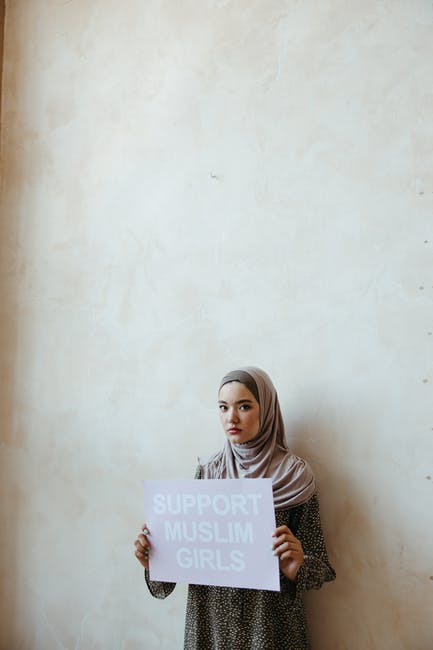On August 30, the last U.S. forces left Kabul thus marking the end of America’s longest war in history. However, the Taliban’s war against women and religion aggravated as the Taliban surged back to power in Afghanistan.
The Taliban’s return stirs fears for religious freedom and women rights as the organization sought to reimpose strict Islamic rule. Their own plans were to announce an Islamic government in Kabul.
The Taliban is a militia that follows the Sunni branch of Islam, whose members studied in conservative religious schools in Afghan and across the border in Pakistan. They fought as Mujahideen or those engaged in jihad.

In the late 1990s and early 2000s, the Taliban’s previous rule stripped away Afghan women’s freedoms. Girls were deprived of education; women were restricted access to healthcare and jobs and prohibited to leave their homes without a male relative. Those who resisted the Talibans were punished with floggings or beatings.
Twenty years later, U.S. troops withdrew and the Taliban returned to power, reimposing repressive laws on women. Prospects for peace and freedom have not been looking great since then.
Despite the Taliban vowing to respect women rights, Afghans, especially women and religious minorities, were skeptical due to the Taliban’s history of oppression.
The Taliban released a ‘religious guideline’, revoking Afghan women’s hard-won rights. The Taliban had implemented an interpretation of its Islamic Law. The “religious guidelines” include banning TV shows featuring women actors; ordering university women and journalists to wear face-covering niqabs.
“Despite real improvements, Afghanistan remains one of the most challenging places in the world to be a woman,” a U.S. government watchdog report released in February said. “U.S. efforts to support women, girls and gender equality in Afghanistan yielded mixed results.”
